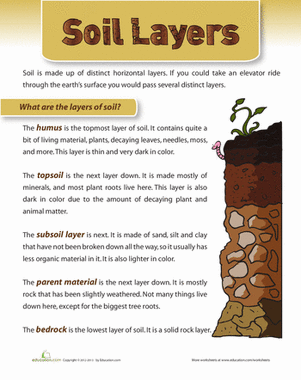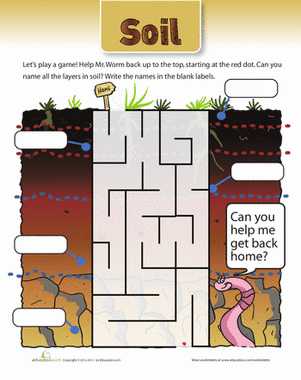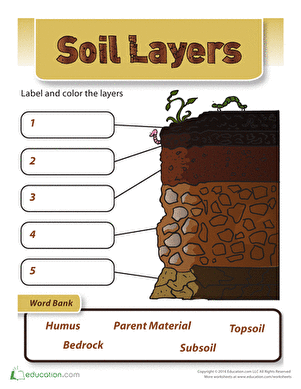Science project
Soil Space: A Crowded Science
Do plants get crowded? Sure, they're alive like people, but does a little sprout ever feel like another sprout is stepping on his metaphorical toes? Put on your science hat (optional) and head outside to experiment with seeds, soil and space.
Problem:
Does seed space matter?
Materials:
- 8 scarlet runner bean seeds
- 4 plant pots at least eight inches across
- Potting soil
- Plant sprayer
- Water
- Grow light
- Shelf
- Ruler
- Notebook
- Pencil
- Masking tape
Procedure:
- Fill each pot with soil.
- Take your first pot and plant two seeds half an under the soil and roughly two inches apart.
- Place a strip of masking tape on this pot and write "Lots of Space A" on it.
- Repeat this process in your second pot. This time write "Lots of Space B" on the masking tape label. Your remaining two pots will test what happens when seeds have only a little space between them.
- Plant two seeds in each of these pots, but make sure they are barely half an inch apart.
- Apply masking tape labels to these pots that read "Crowded A" and "Crowded B." Set all four pots on a shelf under the grow light.
- Fill your plant sprayer with water and give the seeds their first misting. Now that you have set up your experiment, think about what you know of plants and of being crowded. If you were a seed, do you think you would like to be very close to a neighboring seed or very far away?
- Consider again the "problem" of this experiment: does seed space matter? What do you think? Write down your guess, or hypothesis, in your notebook.
- Time to wait. To conduct the best experiment, you should observe your growing seeds for at least four weeks. Remember to routinely spray each pot with water and to make sure the grow light is on for a good portion of every day. Write down your observations every day.
- When the first sprout pokes above the soil, make sure you note the day and the pot (Lots of Space versus Crowded).
- Continue making notes for the entire four weeks. If some of the sprouts start to really grow, take out your ruler and measure their lengths. Just make sure you never forget to write anything you observe in your notebook!
- At the end of the four weeks, take a look at all your notes. Did the space between the seeds make a difference?
Results:
Your crowded plants should have grown slower than your plants that had plenty of space.
Why?
To understand why crowded plants grow so poorly, let's compare crowded plants to a crowded person. How would you feel if you had to live in a small room with 100 other people. Imagine you're pressed into the far corner, trying to avoid elbows and shuffling feet. Any air or light that filters through the room's window has to be shared between you and your 100 other roommates. Would you like to live in such a crowded space? Probably not. Humans need space to thrive, and so do plants.
Your crowded plants did not like having to share air, light and water with each other. That's why they grew so slowly. With plants, more space equals more air, light and water -- and the more of that plants have, the more plants can grow.
Now that you're practically a crowded science expert, you can take on even bigger projects! Do you think there could be an exact distance that plants should be placed apart from each other? At some point, do you think distance even matters any more? Don't stop guessing and testing -- plant scientists don't stop researching their ideas, and neither should you.
Education.com provides the Science Fair Project Ideas for informational purposes only. Education.com does not make any guarantee or representation regarding the Science Fair Project Ideas and is not responsible or liable for any loss or damage, directly or indirectly, caused by your use of such information. By accessing the Science Fair Project Ideas, you waive and renounce any claims against Education.com that arise thereof. In addition, your access to Education.com's website and Science Fair Project Ideas is covered by Education.com's Privacy Policy and site Terms of Use, which include limitations on Education.com's liability.
Warning is hereby given that not all Project Ideas are appropriate for all individuals or in all circumstances. Implementation of any Science Project Idea should be undertaken only in appropriate settings and with appropriate parental or other supervision. Reading and following the safety precautions of all materials used in a project is the sole responsibility of each individual. For further information, consult your state's handbook of Science Safety.













